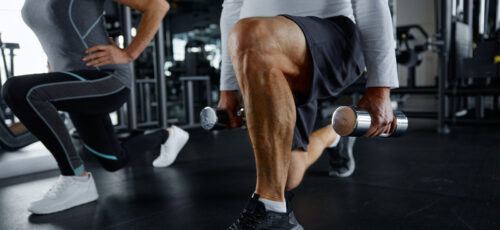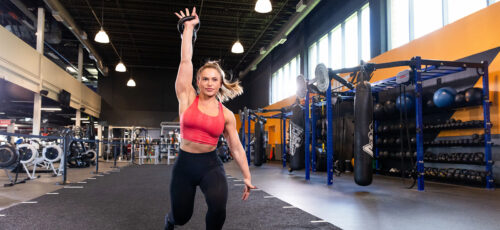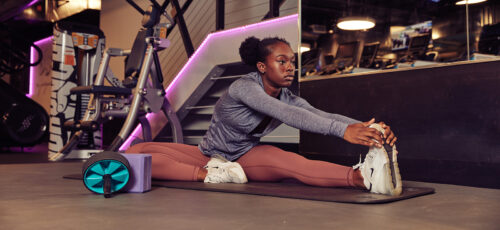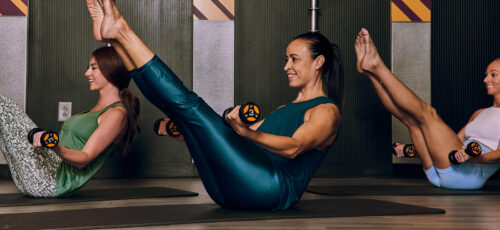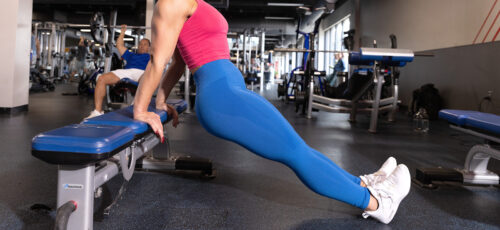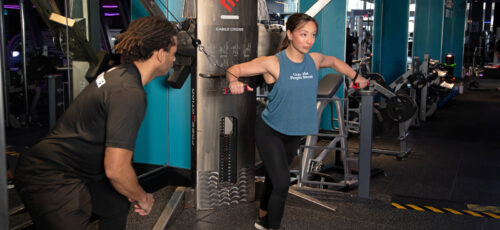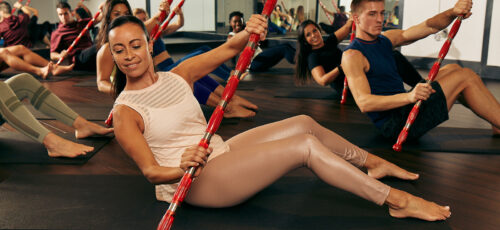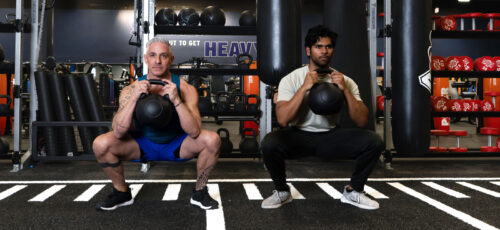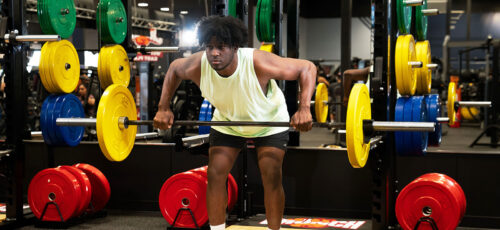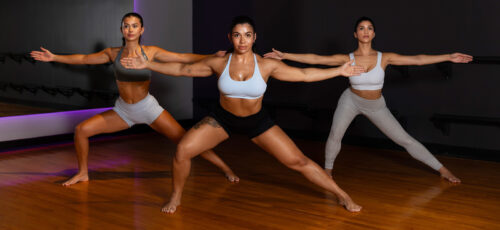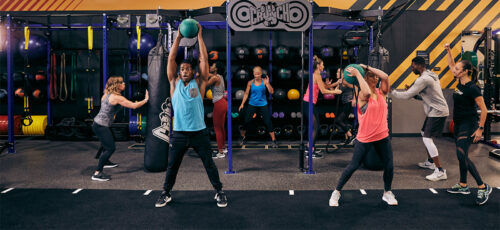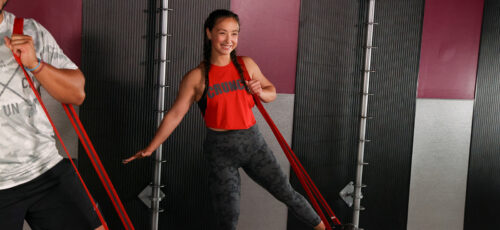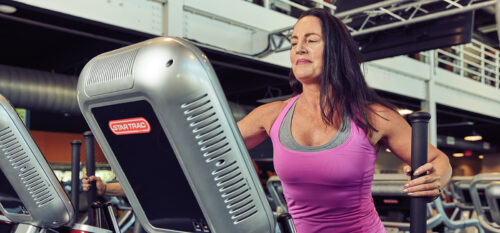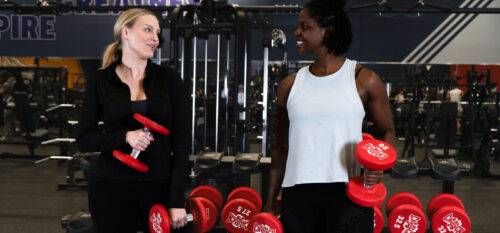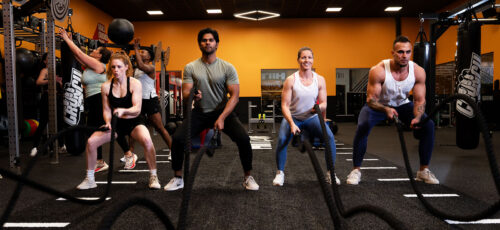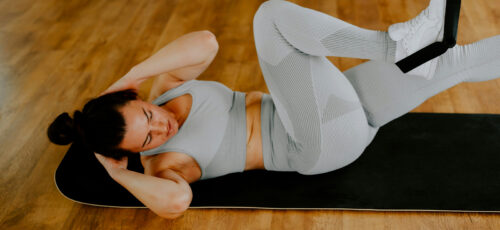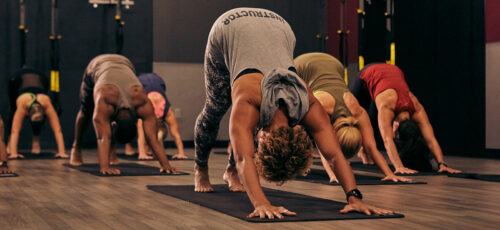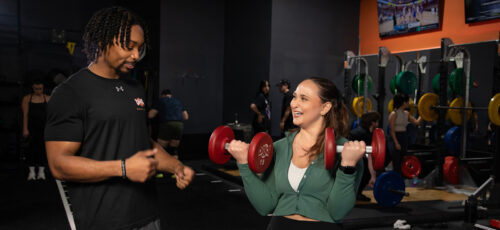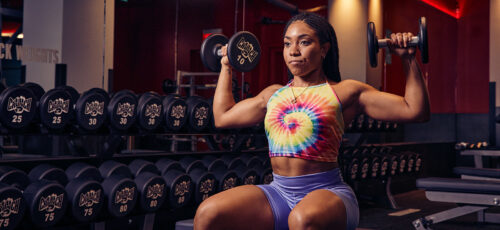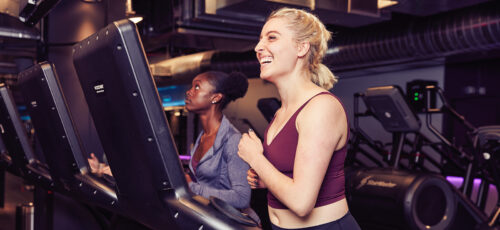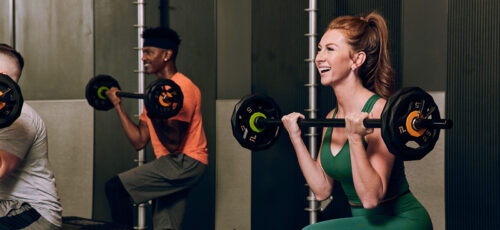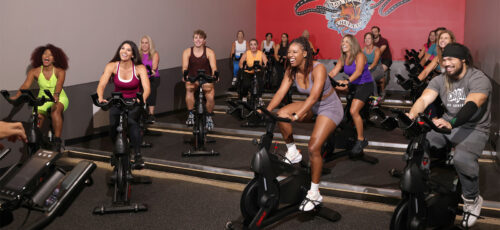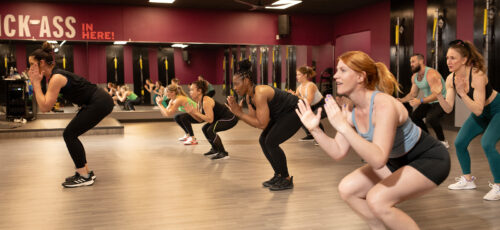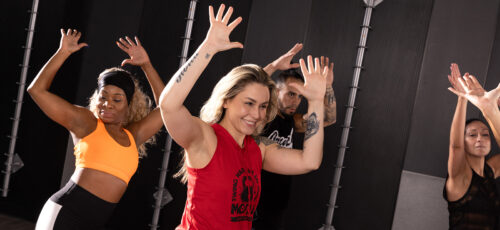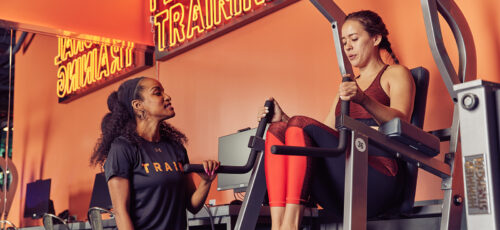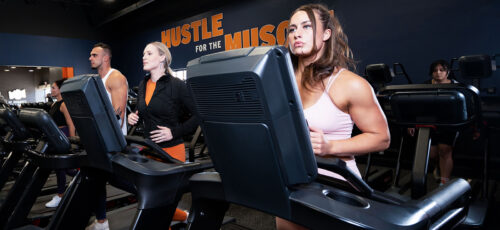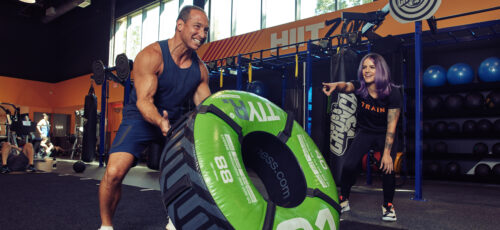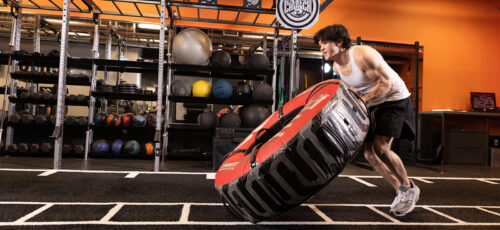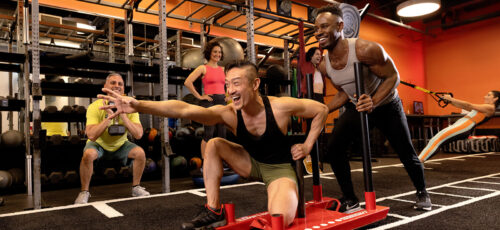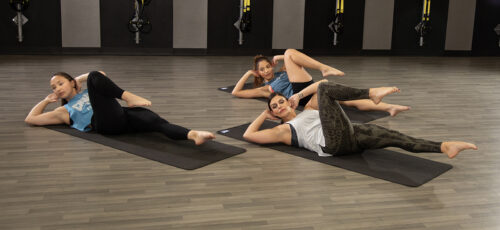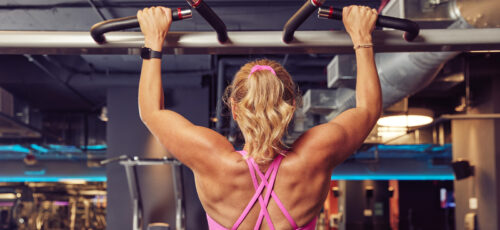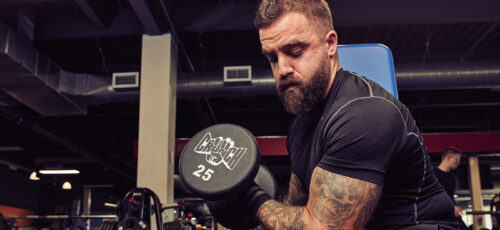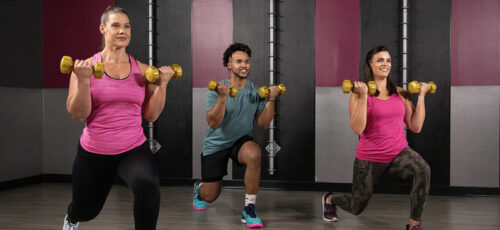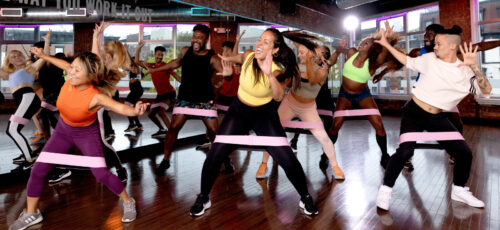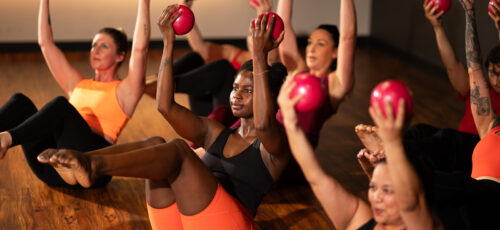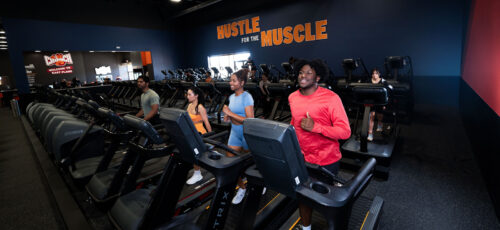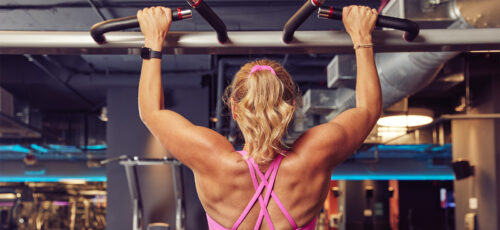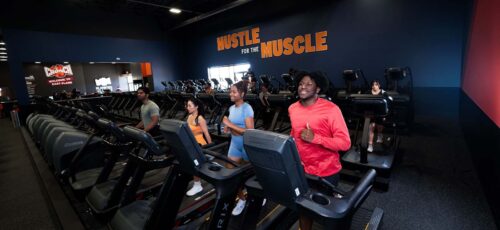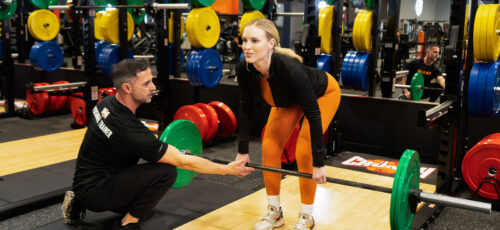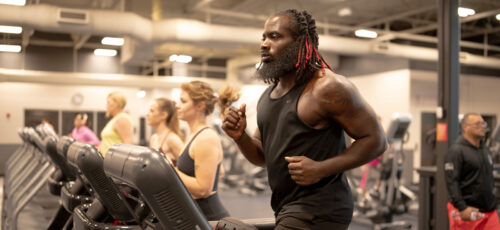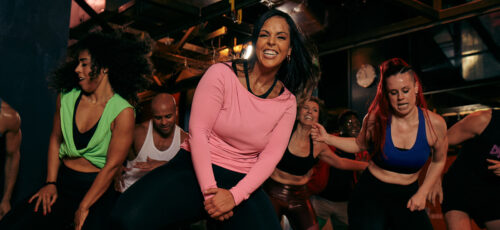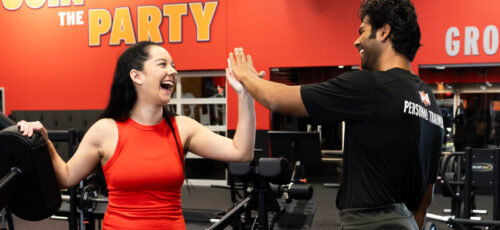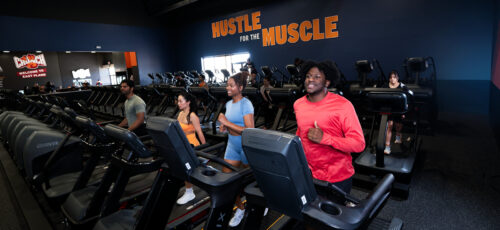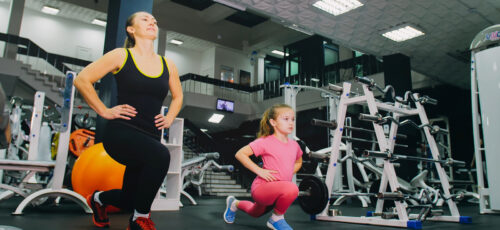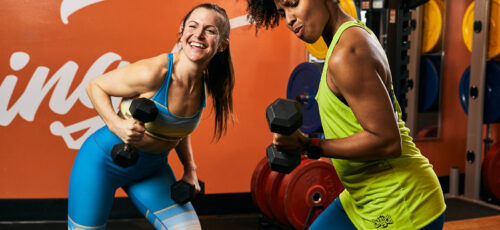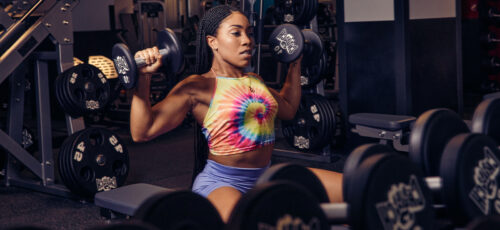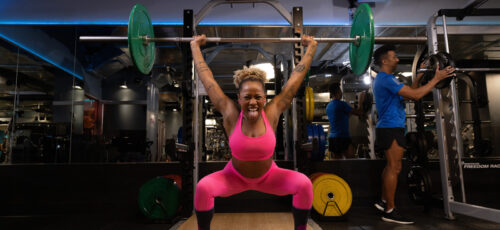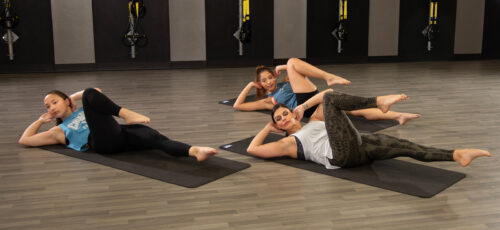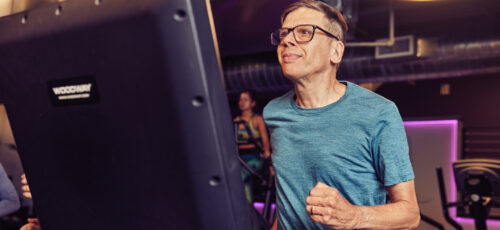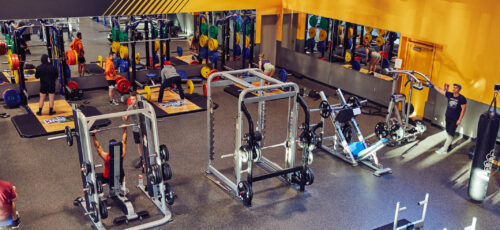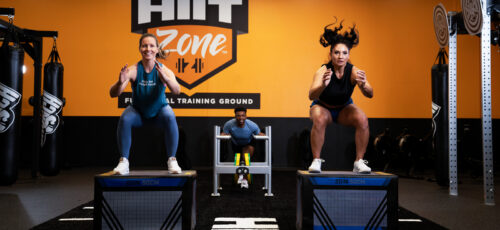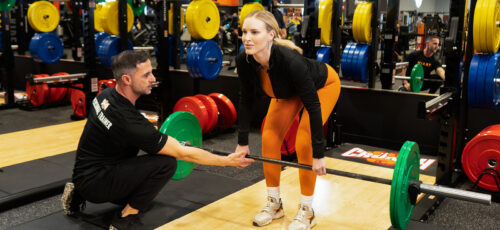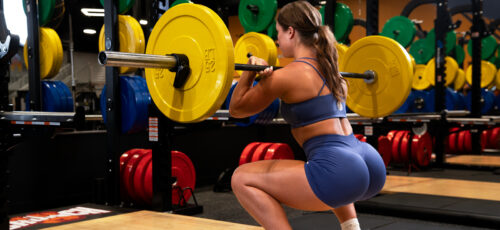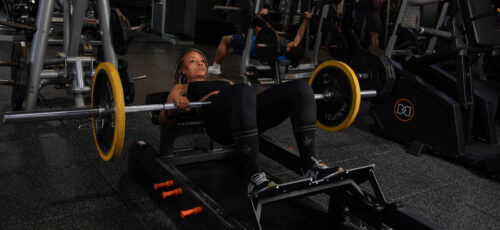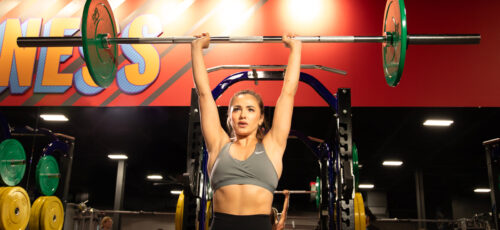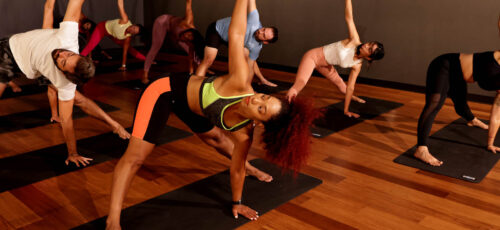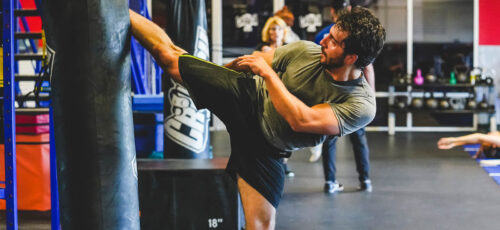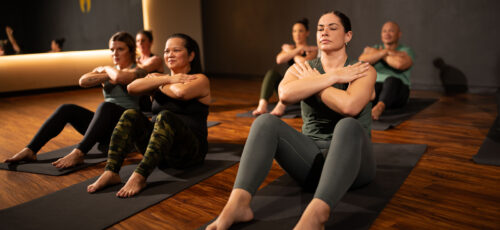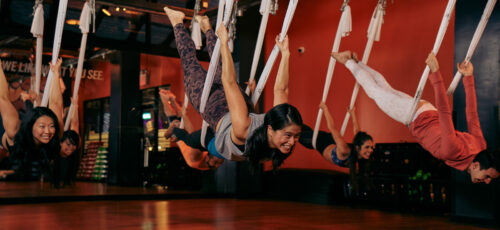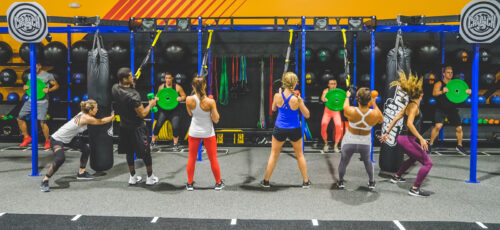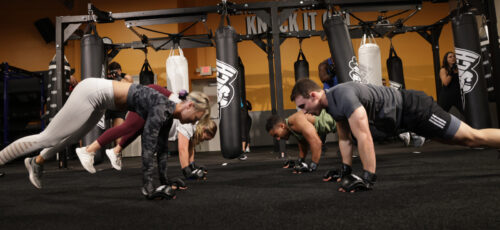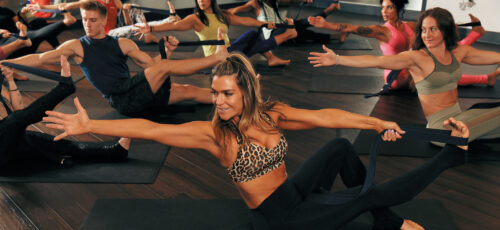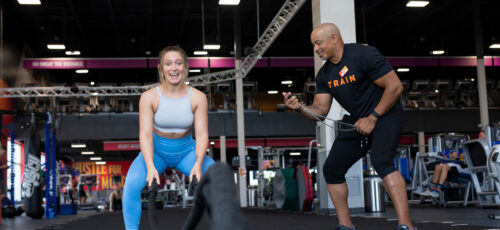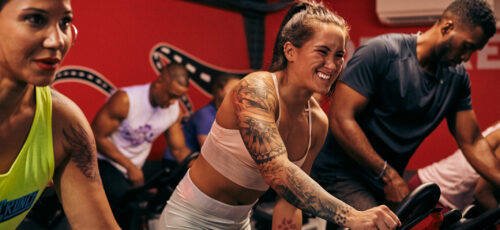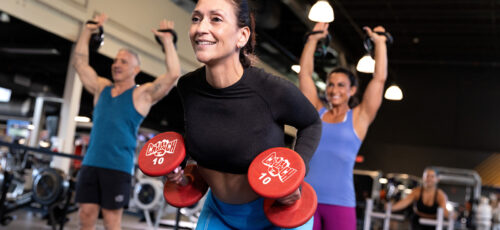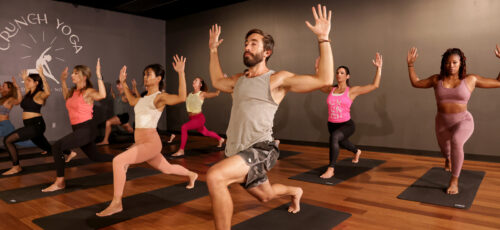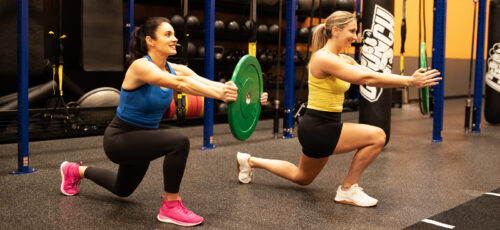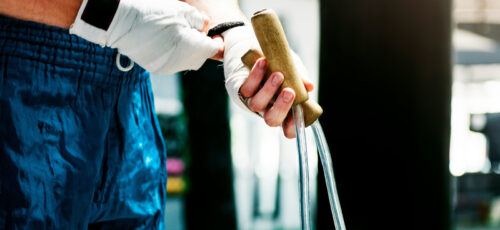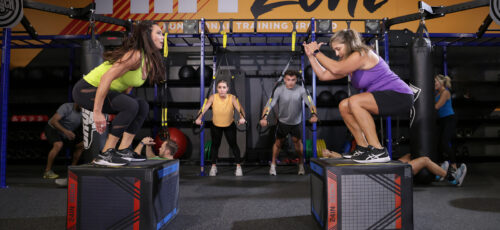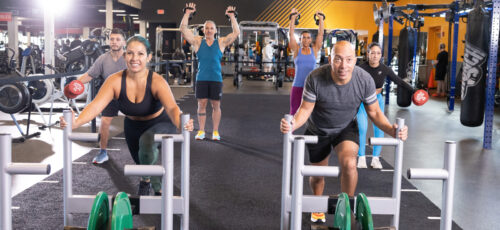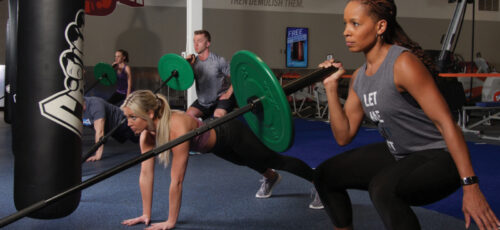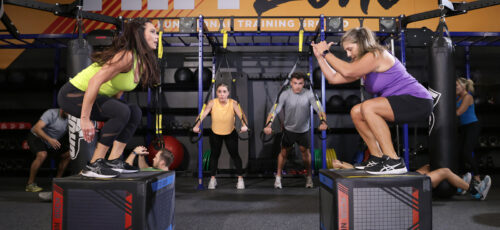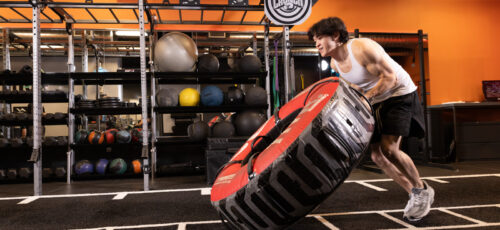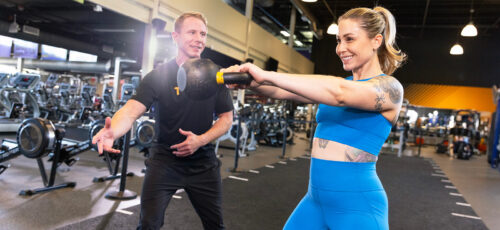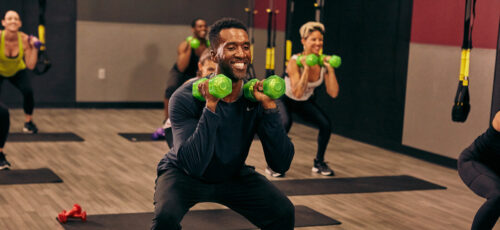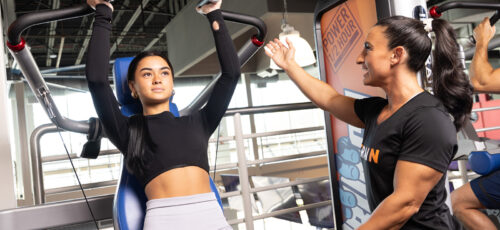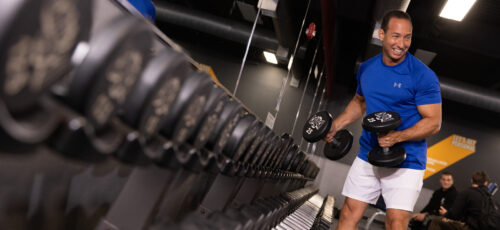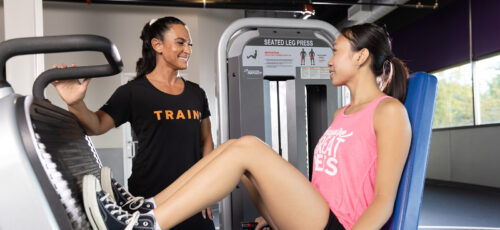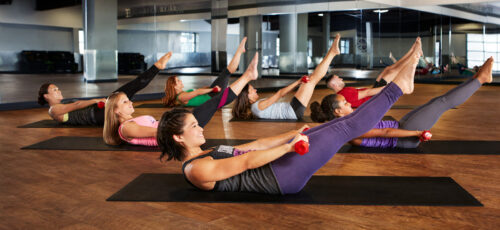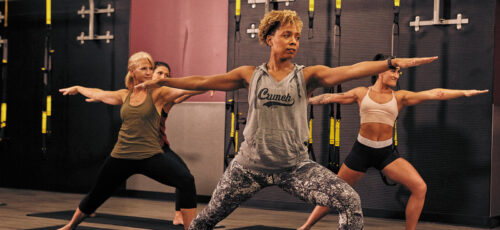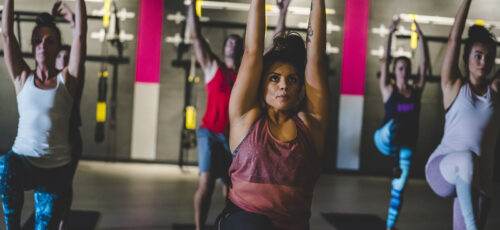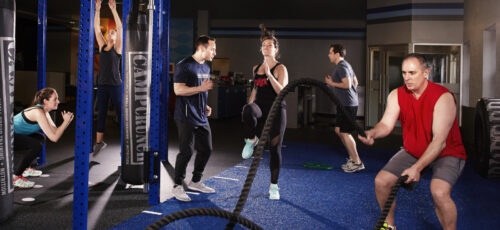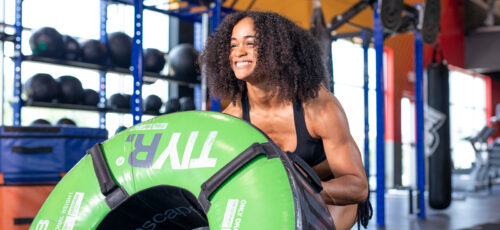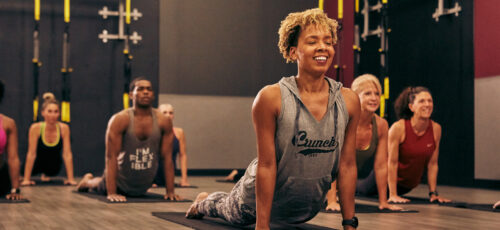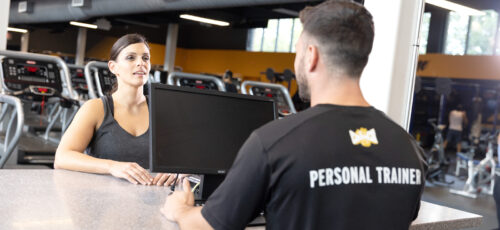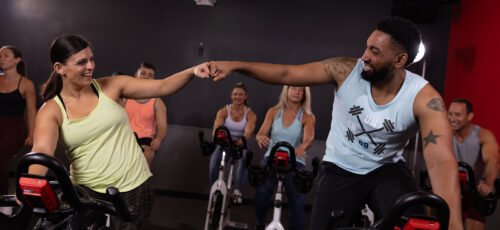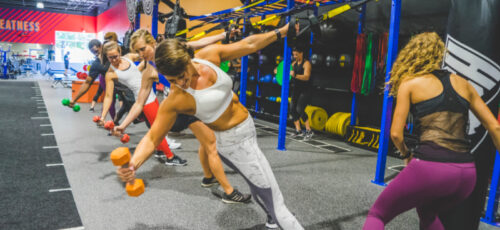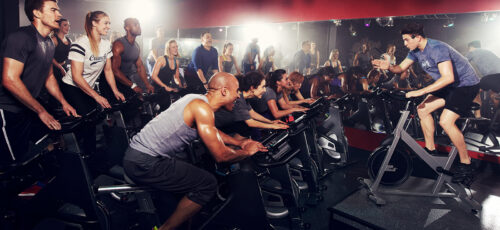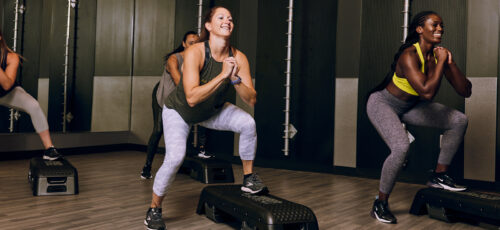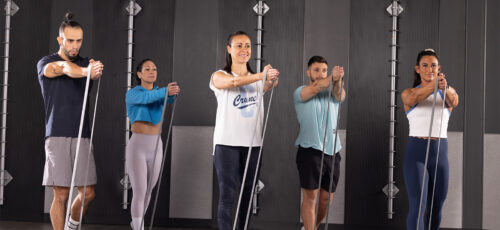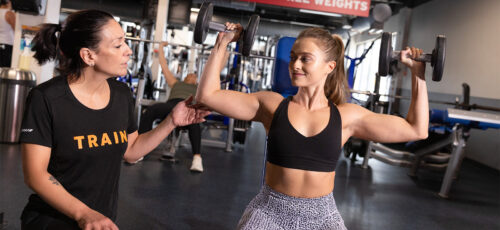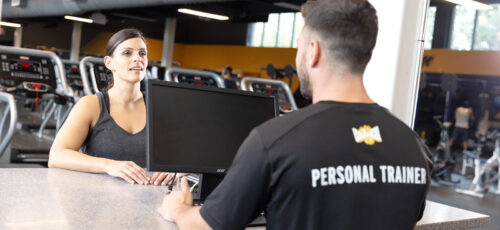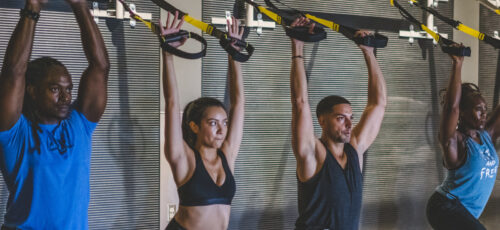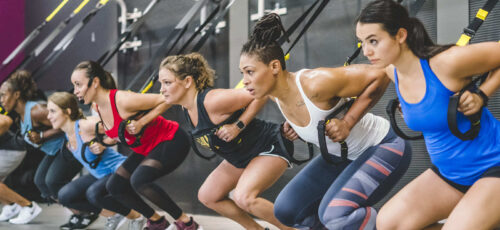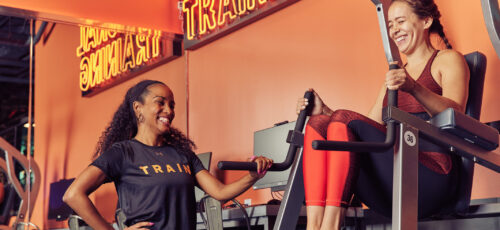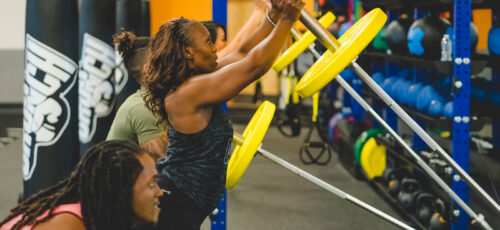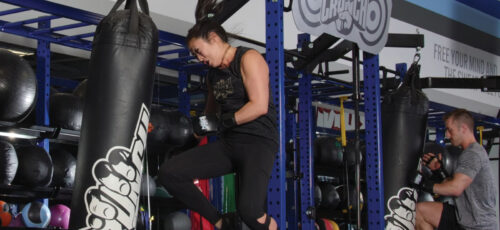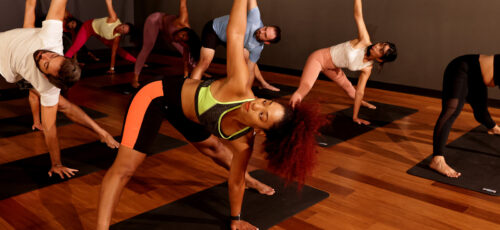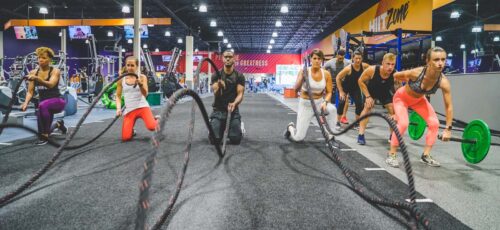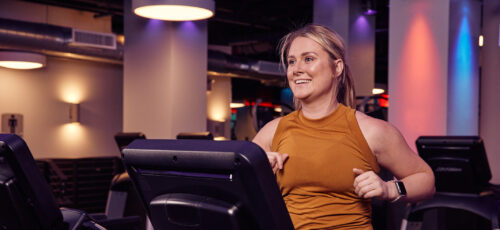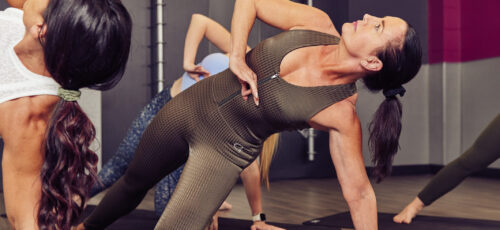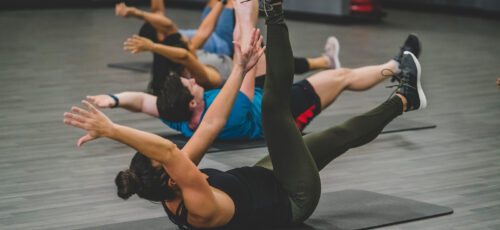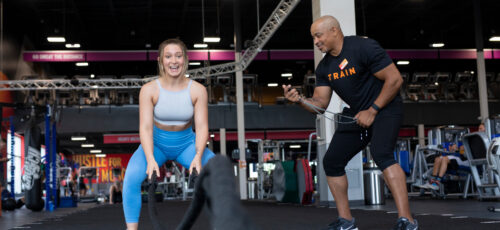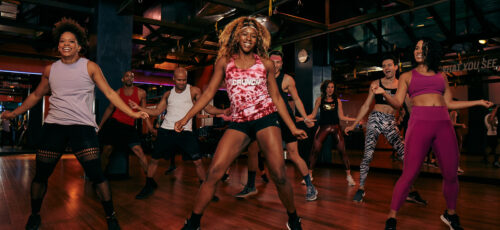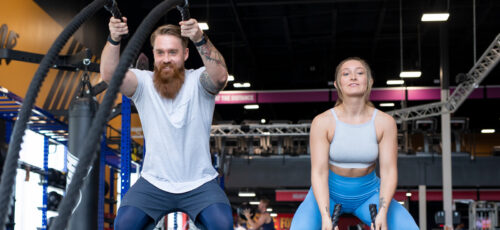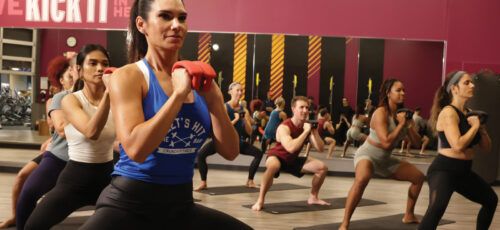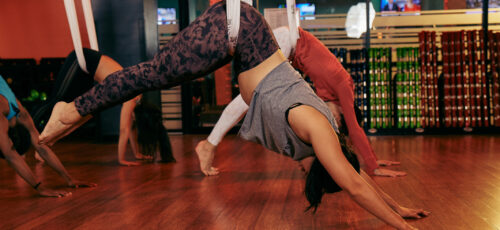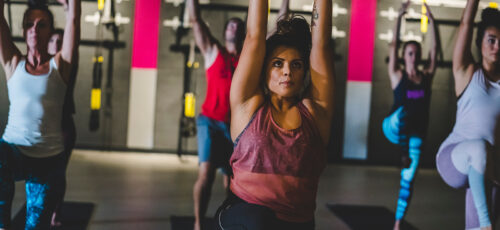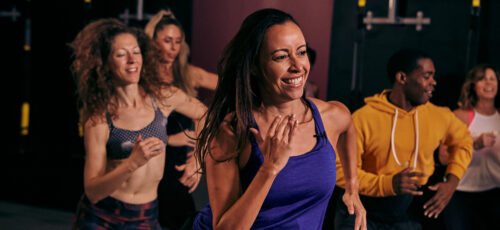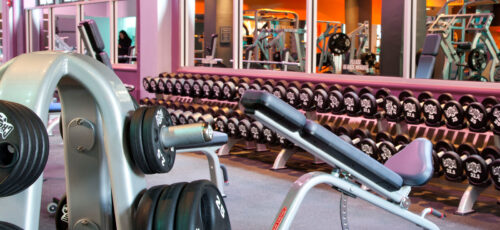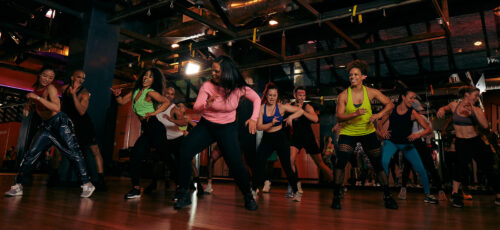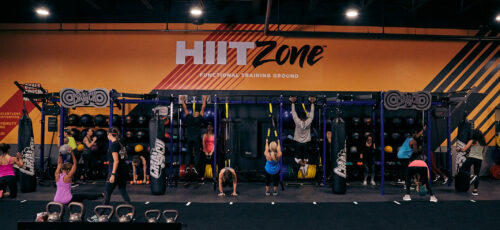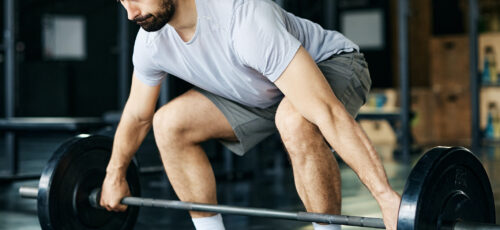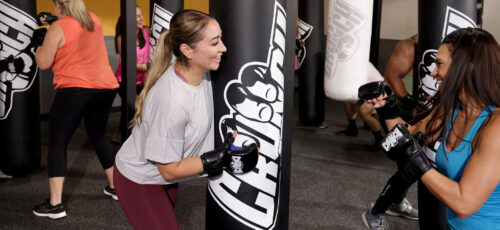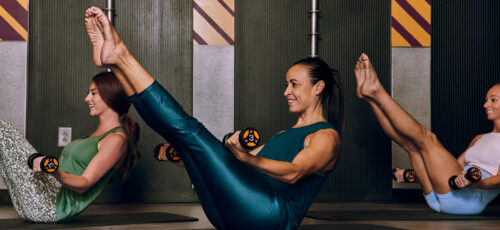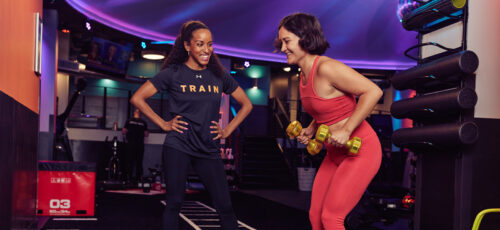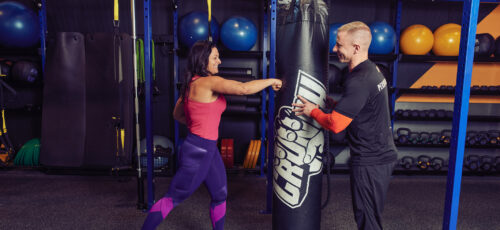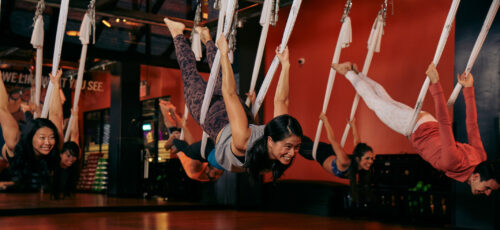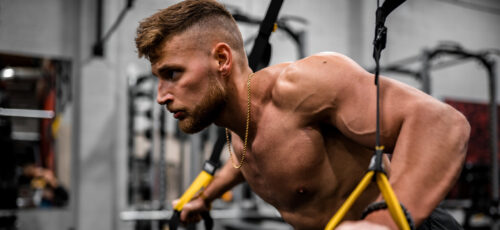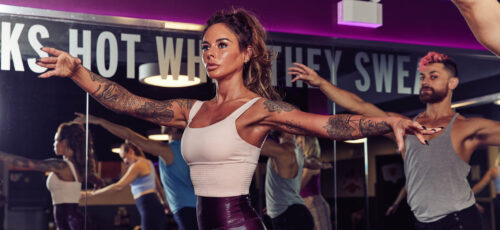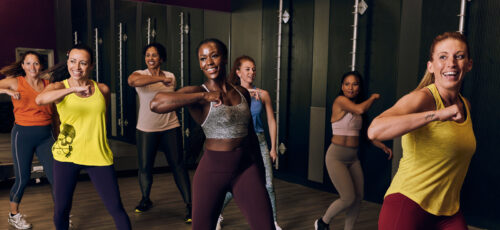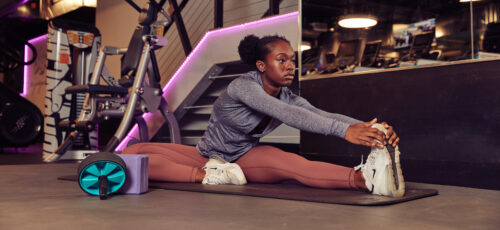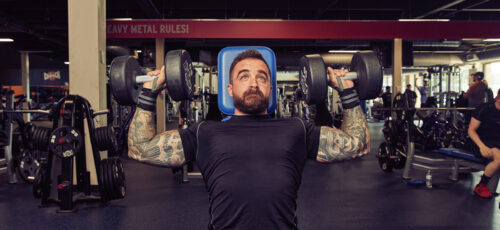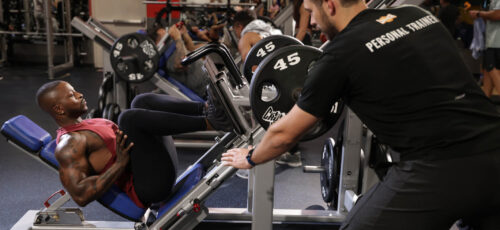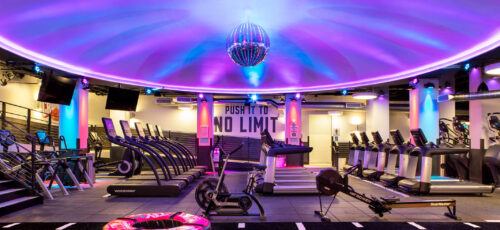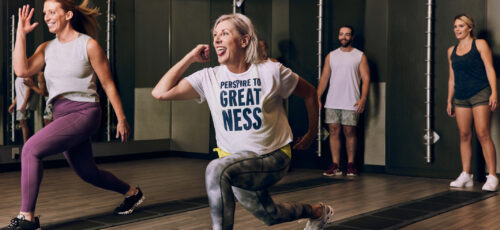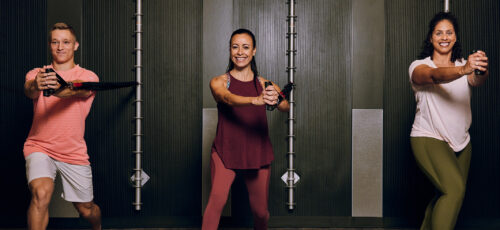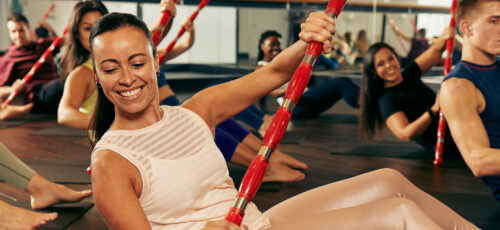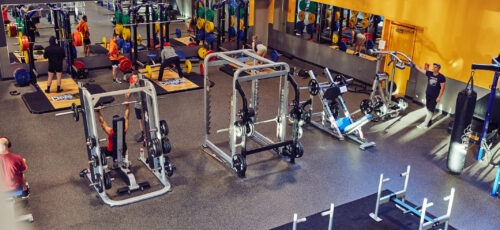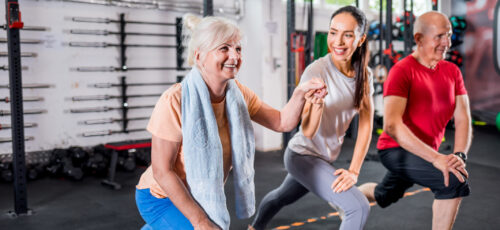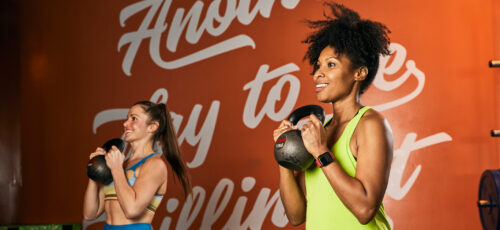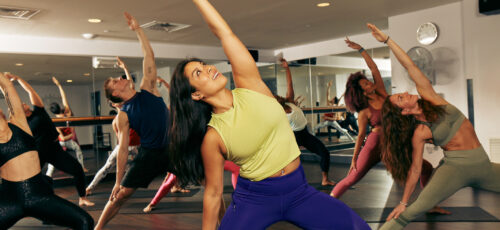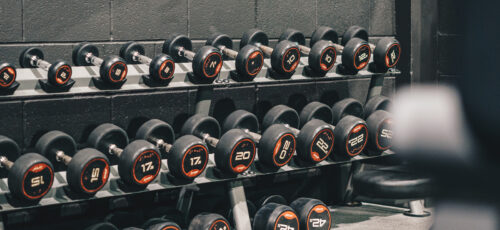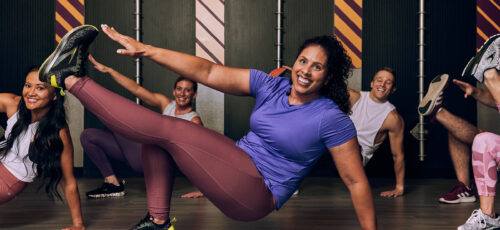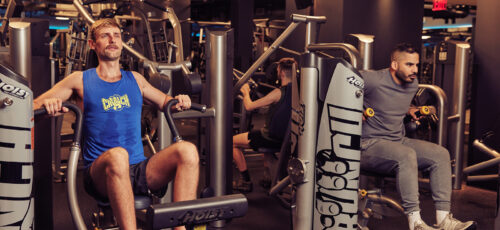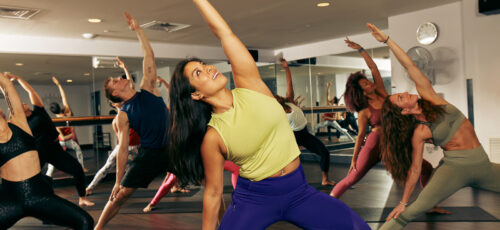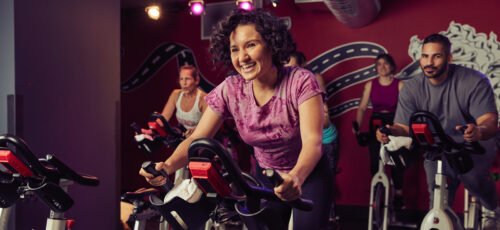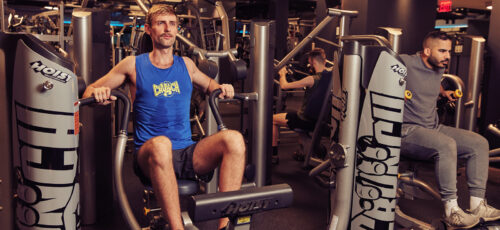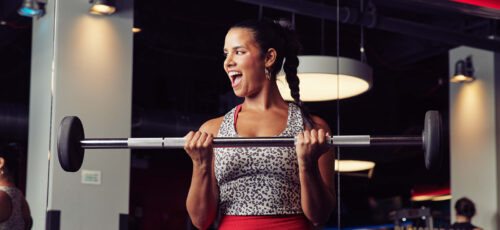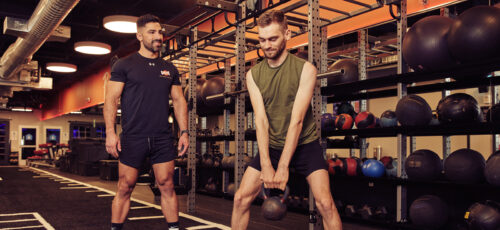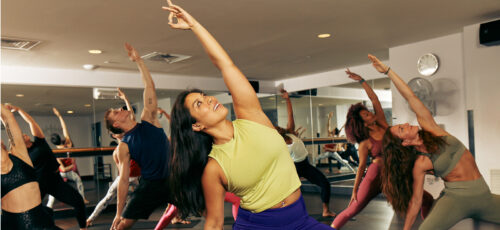
Tips, potential pitfalls, and practical advice from strength training experts
By Life Fitness/Hammer Strength
What’s the biggest mistake fitness enthusiasts make? Not incorporating a strength training program in their gym routine. Here are tips you need to feel confident creating your own strength training program.
Why strength training is important
Strength training is a core component of athletic routines for many reasons. Benefits of strength training include:
- Better physique. Strength training is the most effective way to improve your body’s musculature. Muscle mass burns more calories than fat, which helps with weight loss and weight maintenance. Even at the same weight, your body will look leaner with increased musculature.
- Increased strength. Strength training increases muscle strength and endurance in everyday life.
- Quality of life. As you age, bones weaken — and strength training can help with that. Strength training not only builds muscle, but it also improves bone mass and is a great way to make sure that you maintain quality of life and range of movement well into your advanced years.

Important considerations for beginning a strength training routine
Before you begin training, remember this:
- Help can be found everywhere. Personal trainers can help you create a customized strength training plan. Fellow exercisers may be willing to share what they do if you ask politely. Crunch staffers can direct you to the resources you need, including reputable online training videos.
- Benefits are cumulative. Keep at your training, even if you don’t see results immediately. Building muscles takes time. Think of your strength training journey as a marathon, not a sprint.
- Nutrition and sleep are as important as exercise. Muscles need protein to grow, so up your protein and vegetable intake and reduce consumption of junk food if you want to see the best results. And make sure to get a good night’s sleep – this is when your body rebuilds and renews itself.
- Incorporate mobility work. This will prevent injury and promote longevity. Before you begin your strength training workout, take 15 minutes to do cardio or dynamic stretches like jumping jacks, cat-cow exercises, or arm/hip rotations. After your workout, hold static stretches like toe touches or yoga poses for 25 to 45 seconds each. This will delay muscle soreness and increase flexibility.
Types of strength training equipment
Don’t typically venture from the cardio area? No problem! Here’s a cheat sheet of the types of machines and equipment available to enhance your strength training program.
- Selectorized machines are perfect for strength-training newbies because they offer guided path-of-motion exercises that target specific muscle groups. QR codes linked to training videos or diagrams on the machines explain how to use them.
- Plate-loaded machines give exercisers a little more control over their range of motion and tend to be located on racks or half-racks. Weight is increased by adding plates in increments of 5 lbs., 10 lbs., 15 lbs., 25 lbs., or more.
- Cable motion machines can be customized to accommodate a variety of exercises for one or more muscle groups in a small, compact area—so you don’t need to go far to get a complete workout! Because of their flexibility, they are an attractive option for time-pressed individuals.
- Racks and rigs are where you’ll find free weights like dumbbells, barbells, and other accessories stored. They accommodate more intermediate and advanced weightlifters who understand the proper form and technique needed to lift free weights without injury.
- Benches are tools that can be used with bodyweight/isometric exercises, barbells, or free weights.
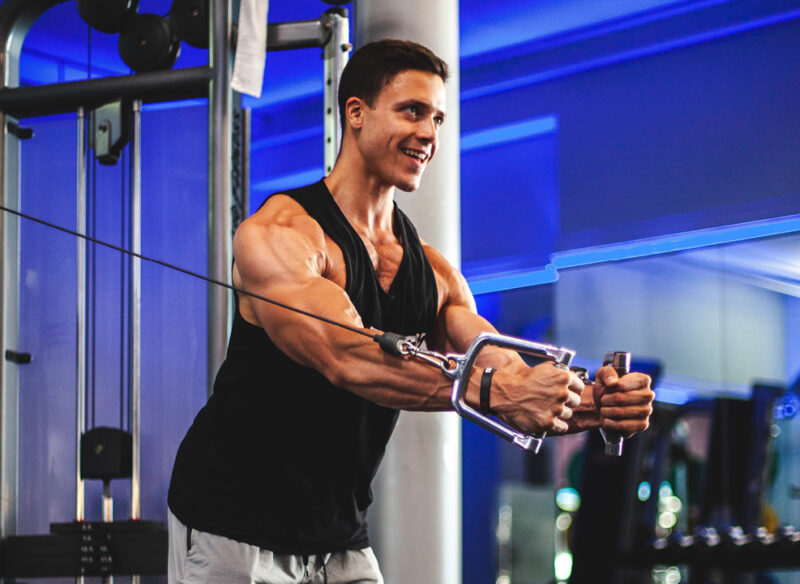
Using different types of machines and accessories can not only help you train muscles in different ways to increase overall health and strength, but it also can save you time. Knowing how to work a muscle group using free weights, a plate-loaded machine, a cable-motion machine, or a Selectorized piece of equipment means never having to wait in line. If the racks are crowded, you can go to a different part of the gym and still get an excellent workout on a cable motion or Selectorized machine.
The importance of progressive overload and variation of equipment
Eventually, your muscles will adapt to the level of resistance you’re using. That’s why it’s important to incorporate progressive overload into your strength training. This is the process of lifting progressively heavier weights. This process will temporarily stress your muscles, which is necessary to increase muscle size and strength.
Things to remember:
- Keep challenging yourself. Start with the heaviest weight you can safely lift for 4 to 6 reps. Once you become used to that weight, add more. If something feels too light, you can always add more weight or reps to make it more challenging.
- Rotate muscle groups worked. Your muscles need to rest and have time to repair, which is why it’s important to rotate the muscle groups worked. For example, alternate upper and lower body workouts or choose different muscle group(s) to work on each day (e.g., chest and triceps on Monday, leg day on Wednesday, etc.)
- Variation is key. Variation can mean changing the amount of weight, range of motion, number of repetitions, or muscle groups exercised. This keeps workouts interesting and prevents your fitness results from plateauing.
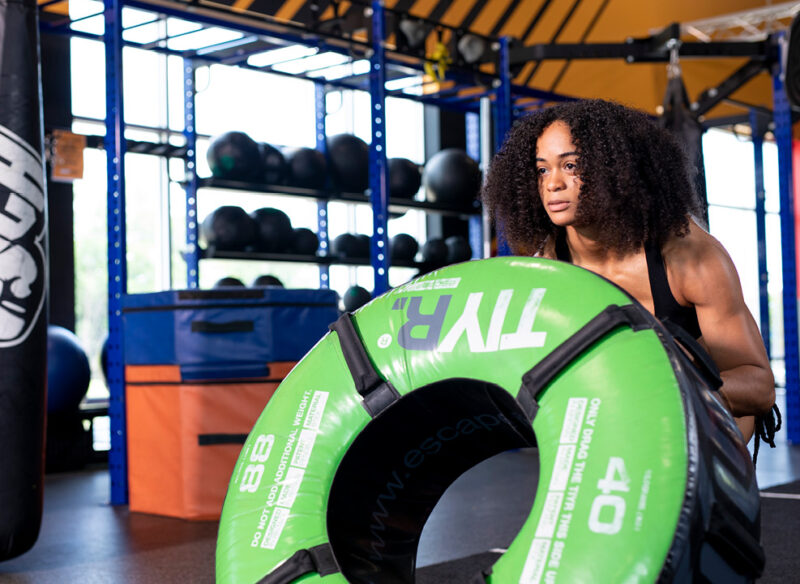
Lifting etiquette
Gyms are communal spaces. Here are crucial ways to ensure you’re being respectful and considerate to other exercisers.
- Keep things organized. No one wants to waste precious time looking for a missing apparatus. If you move something, put it back.
- Clean off equipment. Wipe down machines before and after use. This not only keeps things clean for whoever comes after you, but it contributes to the longevity of the equipment and general health and well-being.
- Unload plates and return them to racks. If you load plates, make sure you unload and stow them away after use. That ensures that everyone who wants to use the machine can.
Putting it all together
Strength training benefits exercisers, no matter what stage of life you’re in. Not every day has to be a heavy-lifting day. Remember: Keep mixing things up and allow your body to rest in between workouts. Doing so will keep things interesting and make it easier to incorporate strength training into your weekly fitness routine for years to come. Beyond just looking great, strength training will help you maintain muscle strength, bone strength, functionality, and quality of life as you mature.
Crunch promotes a culture of positivity, inclusivity, and fun with no judgments by providing an environment for all individuals regardless of their health and fitness goals. Find a Crunch gym near you to try our free trial membership, or join Crunch now. We’re here for you – at the gym or at home. Access the best live & on-demand workouts anytime, anywhere with Crunch+. Ready to get sweaty? Try hundreds of workouts for free! Start your free trial now!










